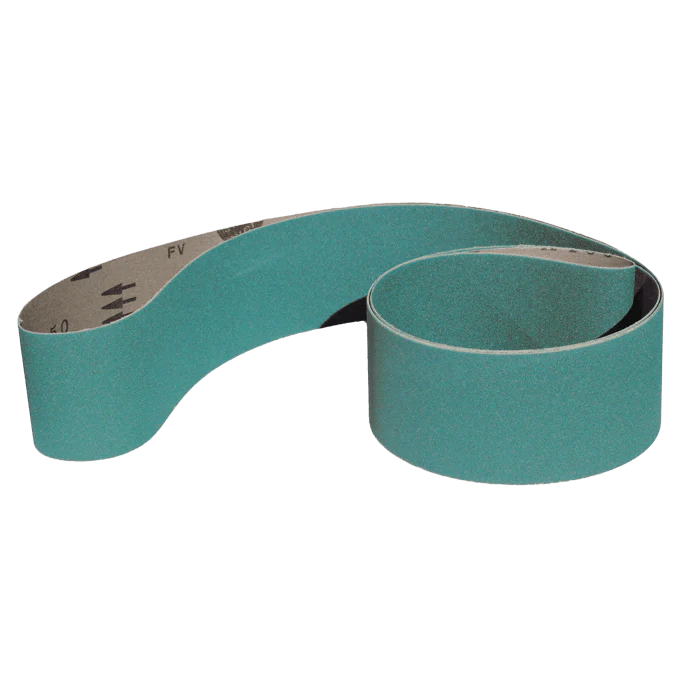A breakdown of zirconium abrasives
There are a wide variety of abrasives available choosing the correct one for your application can make the difference between a successful and economic outcome. We also take in-depth looks at Ceramic Abrasive Grains and the metal-finishing aluminum oxide abrasive Trizact — this one though is all about the commonly used Zirconium. Also referred to as zirc and zirconia alumina and typically blue or green in colour, zirconium preceded ceramic as the original self-sharpening grain technology and is particularly well-suited to metalwork requiring medium - to coarse - grit applications.
Unlike ceramic abrasives — which have a microcrystalline structure that breaks down very slowly, keeps the material sharp for longer, and prolongs its life — zirconium has what’s called ‘large fracture planes’, which chip away in larger sections as the grain resharpens. This bigger fundamental structure offers zirconium both advantages and disadvantages, outlined below.
Advantages of zirconium abrasives
Like ceramics, zirconium abrasives are considered high-performance. Though they have shorter lifespans than the microcrystalline ceramics, they last longer than other commonly used abrasives such as aluminium oxide and silicon carbide.
Zirconium’s structure makes it particularly tough (especially compared to aluminium oxide), meaning it works exceptionally well under medium- to high-pressure grinding and is ideal for ‘abusive’ applications that require coarser grits. Available in grits from 24 to 120, zirconium also has the type of high heat resistance that allows it to be put to good use in metalworking.
The sharp nature of zirconia grain means it has an excellent cut rate providing time and labour savings.
Disadvantages of zirconium abrasives
If you’re looking for an abrasive that’ll do a smooth polishing job, zirconium’s not the answer. Because they require increased pressure to effectively sand, zirconium abrasives tend to work best for jobs on harder surfaces such as steel and iron.
Though it comes in grits all the way up to 180, zirconium works best from 24 to 120 — so if you need something higher than that, you’re better off choosing a Trizact abrasive.
Common uses of zirconium abrasives
Zirconium’s your go-to abrasive if you’re looking for a high-quality grinding job on the likes of stainless steel, carbon steel, aluminium, titanium, cast iron, or a similarly tough surface. Most commonly associated with metal-sanding and -grinding applications, zirconium is also great for heavy sanding on raw wood and rust, as well as for heavy stock removal.
We offer a wide variety of zirconium products at Millin including powerfile belts, linishing belts, fibre and flap discs, as well as custom made products. Please don’t hesitate to get in touch with me at matt@millin.co.nz to place an order or to seek advice on which product or particular abrasive is the right fit for your job.
*Originally Posted by Matt Piggin on 5th Apr 2021

